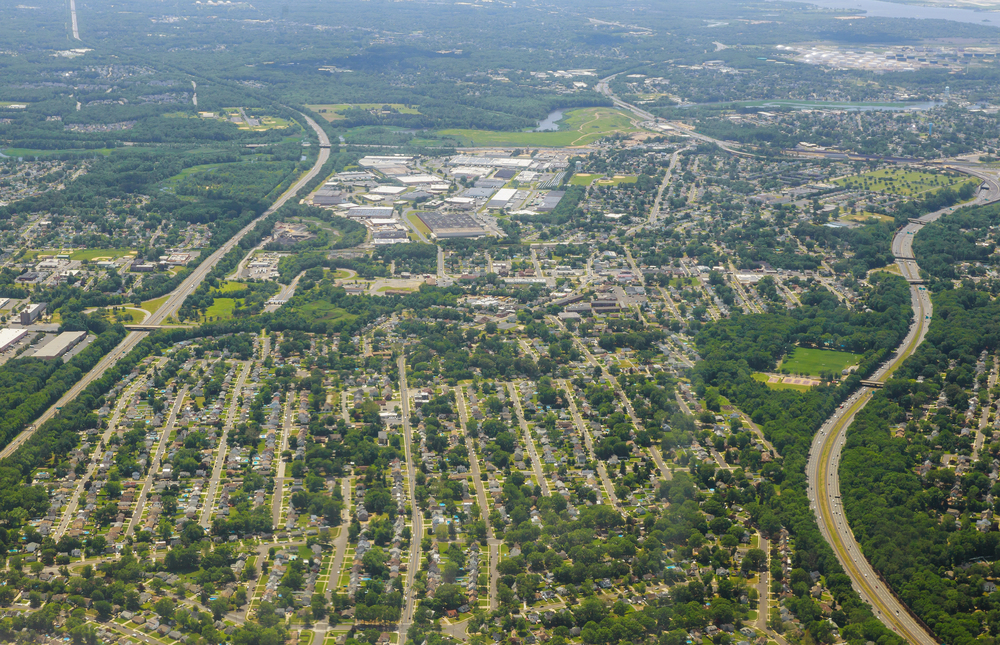
What does it do when a proposal to sell off millions of square miles of public land meets a backlash of public wrath? The solution, as witnessed in the recent Senate battle, is a tale of persistence, rulebooks, and an American love affair with the great outdoors. This is more than politics it’s about the future of the places Americans hold dearest to their hearts.
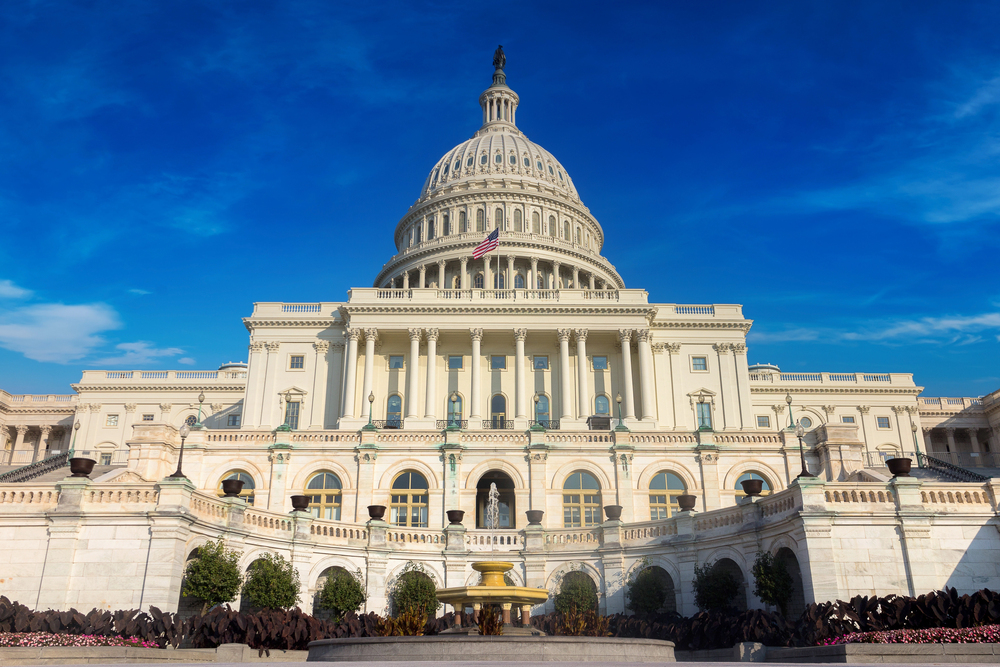
As Senator Mike Lee’s controversial proposal to transfer vast swaths of federal land to local control fizzled under procedural scrutiny, the debate revealed much more than legislative drama. From the power of the Senate parliamentarian to the passionate defense of conservation laws, here’s what every civic-minded environmentalist needs to know about the ongoing tug-of-war over America’s public lands.
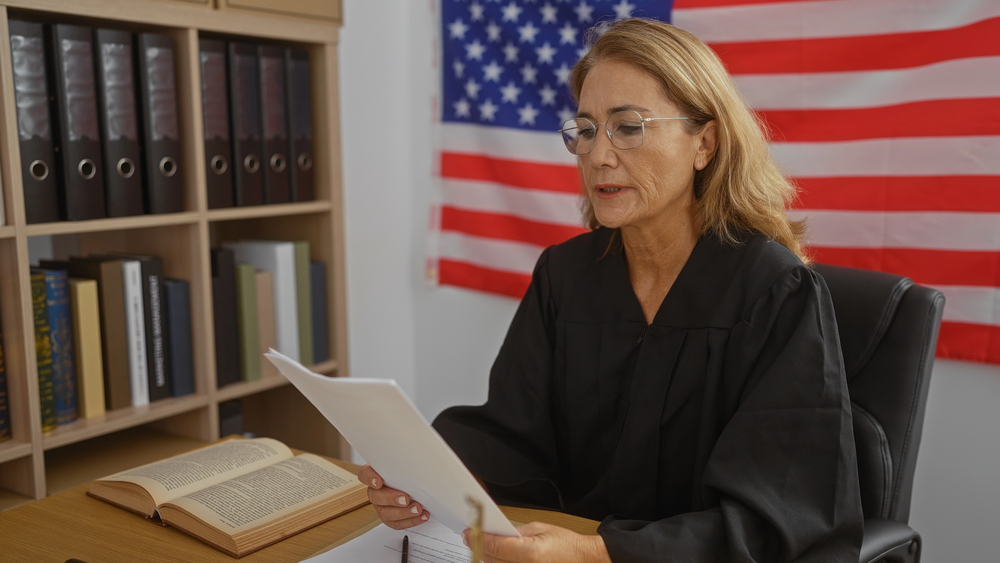
1. The Parliamentarian: The Senate’s Quiet Gatekeeper
Behind each big bill, there’s a procedural referee and in this instance, it was Senate parliamentarian Elizabeth MacDonough who called foul. Her ruling to leave out Senator Lee’s plan to sell off land wasn’t capricious. It’s the Byrd Rule that she applies, which guarantees only provisions with a direct budgetary effect can hitch a ride in reconciliation bills. As outlined in a close reading, MacDonough’s decisions have stood in the way of everything from Medicaid reductions to public land sales, upholding the integrity of the lawmaking process. This gatekeeper function is seldom overridden and frequently determines the outcome of high-stakes policy fights.
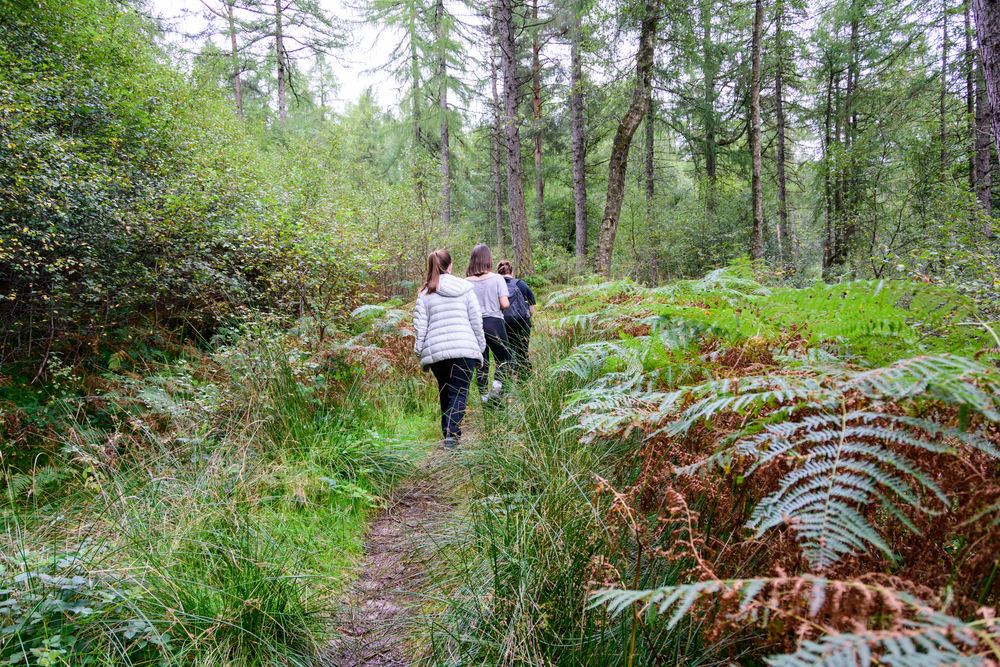
2. Public Lands: More Than Open Space
The pressure to dispose of federal lands isn’t simply a policy discussion nor is it a non-issue for communities who view these places as integral to their lifestyle. That is not what the American people want nor what our economy needs,” wrote Trust for Public Land President Carrie Besnette Hauser. The public’s relationship to such lands is deep-seated: in 2025, 74% of voters were opposed to closing or selling off public lands, and park use remains virtually universal across party lines. These areas accommodate anything from recreation to mental wellness, acting as a hedge against overdevelopment and a lifeline for diversity.

3. The Great American Outdoors Act: A Bipartisan Legacy Under Threat
Signed into law in 2020, the Great American Outdoors Act (GAOA) was celebrated as a conservation breakthrough, assuring $1.9 billion each year for upkeep and $900 million for the Land and Water Conservation Fund (LWCF). But new budget proposals risk siphoning off hundreds of millions from LWCF, erasing decades of bipartisan accomplishment. As Appalachian Mountain Club’s Amy Lindholm cautioned, “This [budget] would fly in the face of Congress’s overwhelming bipartisan mandate, damage the outdoor recreation economy and communities across the country, and undo the President’s conservation legacy.”
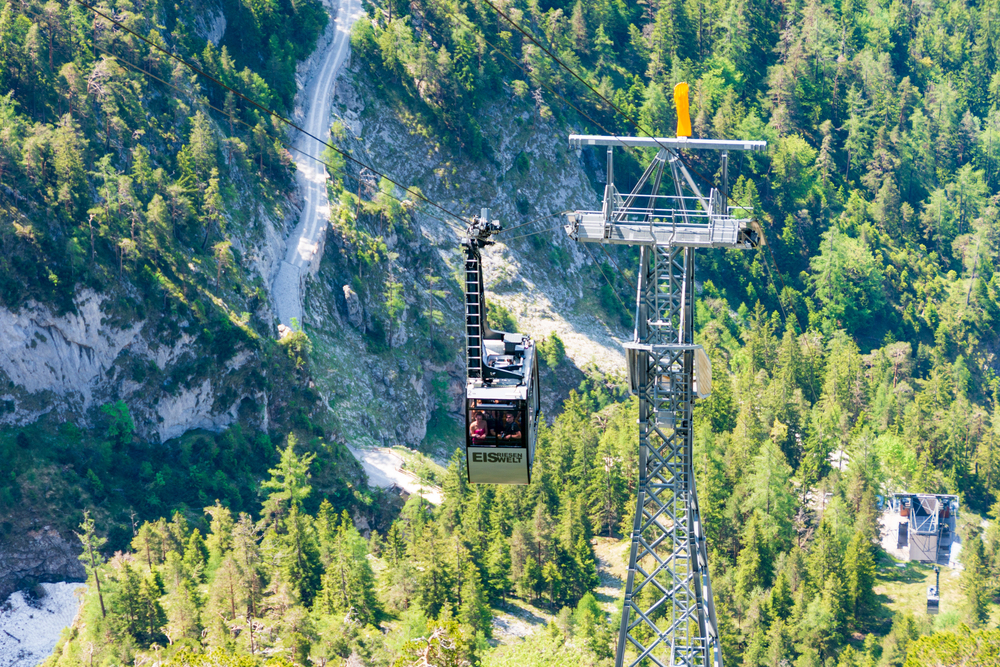
4. Economic Powerhouse: Outdoor Recreation’s Surprising Impact
America’s public lands aren’t only beautiful they’re economic drivers. Recreation outside today generates $1.2 trillion each year and supports more than 5 million jobs, surpassing the mining and agriculture industries. LWCF investments are particularly crucial for gateway communities and rural areas, stimulating local economies and supporting livelihoods. As Dr. Carrie Besnette Hauser had it, “Public lands support more than five million jobs, and outdoor recreation contributes $1.2 trillion to our economy, trumping mining or agriculture, including farming, oil and gas extraction, and timber.”

5. Conservation vs. Development: The Housing Dilemma
Senator Lee’s proposal was sold as a solution to the West’s housing shortage, but critics, not just environmentalists, but housing activists as well aren’t buying it. Most of the land on offer is isolated and not suitable for cheap housing, leaving one wondering whether privatization will provide actual relief. As Sen. Martin Heinrich explained, “I don’t think it’s clear that we would even get substantial housing as a result of this. What I know would happen is people would lose access to places they know and care about and that drive our Western economies.” The conflict between development and conservation continues to be a characterizing challenge to land policy.

6. Community Power: Parks as Catalysts for Civic Engagement
Parks are not merely playgrounds they’re centers for community power building and social capital. The case of Washington’s Methow Park is illustrative: residents collaborated with Trust for Public Land to redesign their park and witnessed a 300% boost in Latino voter participation and became local agents of change. Parks build relationships, reinforce community identity, and enable citizens to engage with democracy. As one of the organizers explained, “I learned that when we stand up, make demands, and go talk to public officials, we can actually change things.”

7. The Road Ahead: Vigilance and Innovation Needed
In spite of recent triumphs, conservationists caution that attacks on public lands continue. Attempts to repeal the GAOA, reduce conservation appropriations, or privatize land continue to emerge in Congress. However, states are stepping up with ambitious conservation targets like California’s 30% by 2030 goal and innovative funding models. According to polling, conservation remains deeply popular across party lines, with 80% of Western voters supporting national land protection goals. The lesson? Protecting public lands requires both vigilance and creative, community-driven solutions.

The fight for America’s public lands is by no means over, but the message from citizens, advocates, and experts is clear and loud: these places are a foundation of democracy, health, and prosperity. While legislative battles rage on, one thing is certain the voice for conservation is louder than ever, and public lands’ future hinges on keeping it so.


